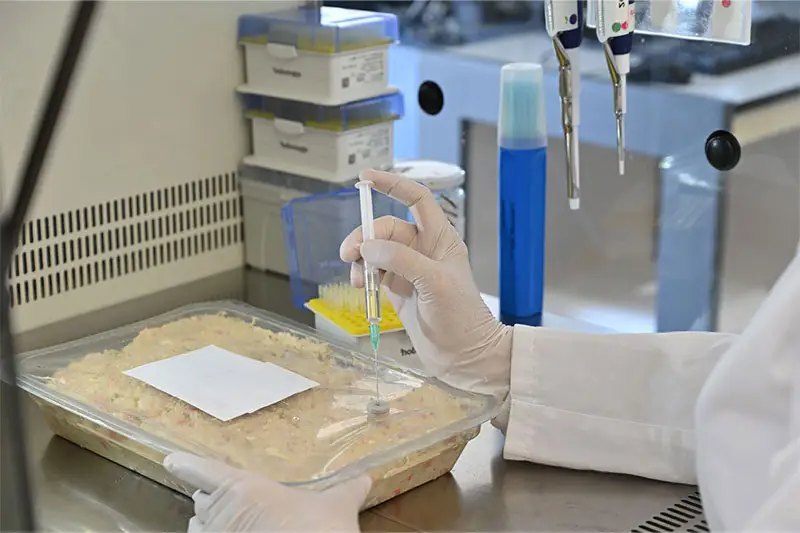AOAC 998.08 Microbial Contamination Screening for Cosmetics Testing
The AOAC Official Method 998.08 is a critical tool in the cosmetics industry, designed to ensure product safety by detecting microbial contamination. This method has been validated and widely recognized for its reliability in identifying potential hazards that may arise from microbial growth during production or storage.
Microbial contamination can lead to spoilage, health risks, and even legal issues if not properly managed. By employing this standard procedure, laboratories ensure that cosmetics meet stringent safety standards set forth by regulatory bodies such as the US Food and Drug Administration (FDA) and European Union regulations. The method is particularly important for products like lotions, shampoos, conditioners, and other personal care items where prolonged contact with skin or mucous membranes can pose significant health risks.
The AOAC 998.08 protocol involves several key steps including sample preparation, inoculation of the sample into appropriate media, incubation at specific temperatures (typically around 35°C), and observation for growth indicative of microbial activity. This process allows laboratories to identify various types of microorganisms such as bacteria, yeasts, and molds.
The significance of this method extends beyond mere compliance; it plays a pivotal role in safeguarding public health. Regulatory authorities often mandate the use of validated methods like AOAC 998.08 when conducting inspections or audits to verify that companies are adhering to good manufacturing practices (GMP). Additionally, consumers expect safe products free from harmful contaminants, making microbial safety testing an essential part of brand reputation management.
In summary, the AOAC 998.08 method is indispensable for ensuring product integrity and consumer confidence. Its rigorous approach not only meets regulatory requirements but also enhances overall quality control within the cosmetics sector.
Why It Matters
Microbial contamination in cosmetics can lead to serious health implications, including infections, allergic reactions, and even severe dermatitis. Ensuring that products are free from harmful microorganisms is crucial not only for consumer safety but also for maintaining brand reputation and compliance with international standards.
- Reduces the risk of product recalls due to contamination
- Promotes adherence to GMP guidelines set by regulatory bodies
- Enhances customer trust and loyalty through consistent quality assurance
- Avoids legal challenges associated with non-compliance or product liability issues
Scope and Methodology
| Step | Description |
|---|---|
| Sample Collection | Collect samples from finished cosmetic products using aseptic techniques to prevent contamination. |
| Inoculation | Mix the sample with appropriate media, typically containing nutrients suitable for microbial growth. |
| Incubation | Incubate the inoculated samples at 35°C under controlled conditions for a specified period (usually 7 days). |
| Observation and Identification | Observe for any visible signs of microbial growth, then identify specific types of microorganisms using biochemical tests. |
| Acceptance Criteria | Description |
|---|---|
| No growth observed in control samples | Serves as a baseline to confirm the sterility of the culture media. |
| Positive results must be confirmed by subsequent testing | Avoids false positives and ensures accurate identification of contaminants. |
Why Choose This Test
- Comprehensive coverage of various microorganisms including bacteria, yeasts, and molds
- Validation against international standards (ISO, AOAC)
- High accuracy and precision in detecting low levels of contamination
- Cost-effective compared to more extensive testing protocols
- Expert laboratory personnel with experience in microbial analysis.
- Modern equipment tailored for sensitive microbiological assays.





